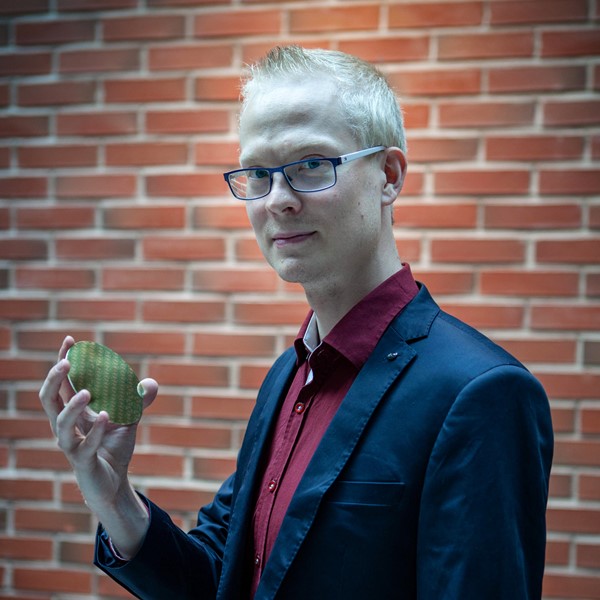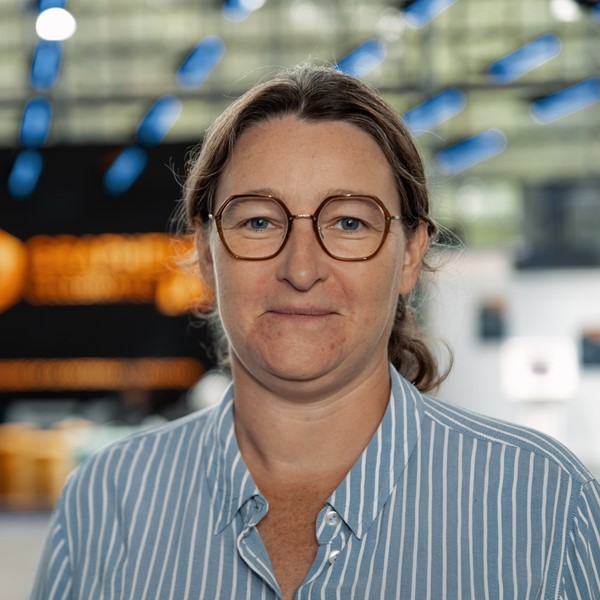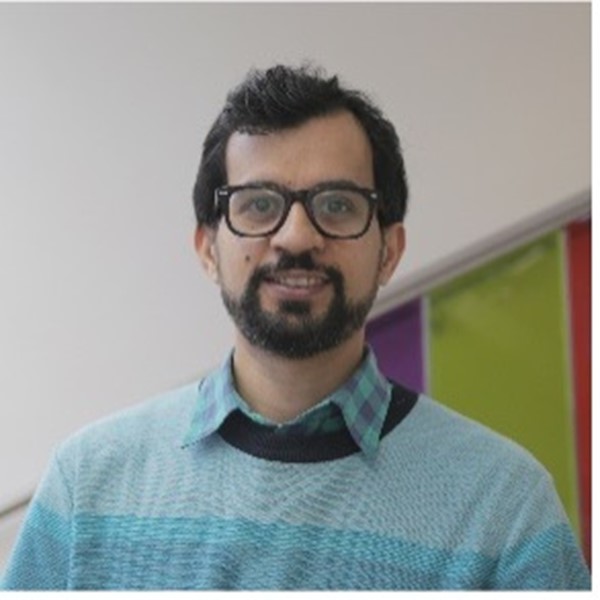Pioneering 2D Materials for the Semiconductor Industry
Time left to event
Days
Hours
Min
Sec
Online
Pioneering 2D Materials for the Semiconductor Industry: Sensors
The workshop is focused on the usage of 2D materials in sensors. It presents the newest updates from the 2D-EPL project and the offered multi-project-wafer (MPW) runs. The industry presentations showcase the unique possibilities of 2D materials in sensing.






